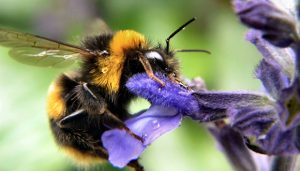
News @en
Forests are retaining carbon for less and less time
Published in the journal PNAS (Proceedings of the National Academy of Sciences), a study to which the Spanish National Research Council (CSIC) and CREAF have

Published in the journal PNAS (Proceedings of the National Academy of Sciences), a study to which the Spanish National Research Council (CSIC) and CREAF have

The COP21 set the maximum temperature increase for 2100 at 1.5° C. The only scenario which would allow achievement of this goal would require vastly

Life on Earth barely extends over its surface. But organisms have been able to transform its climate for millions of years. Now, humans seem to

New research finds that as climate change increases ozone levels, pollinators will have a harder timing finding plants that feed them. That’s going to be a